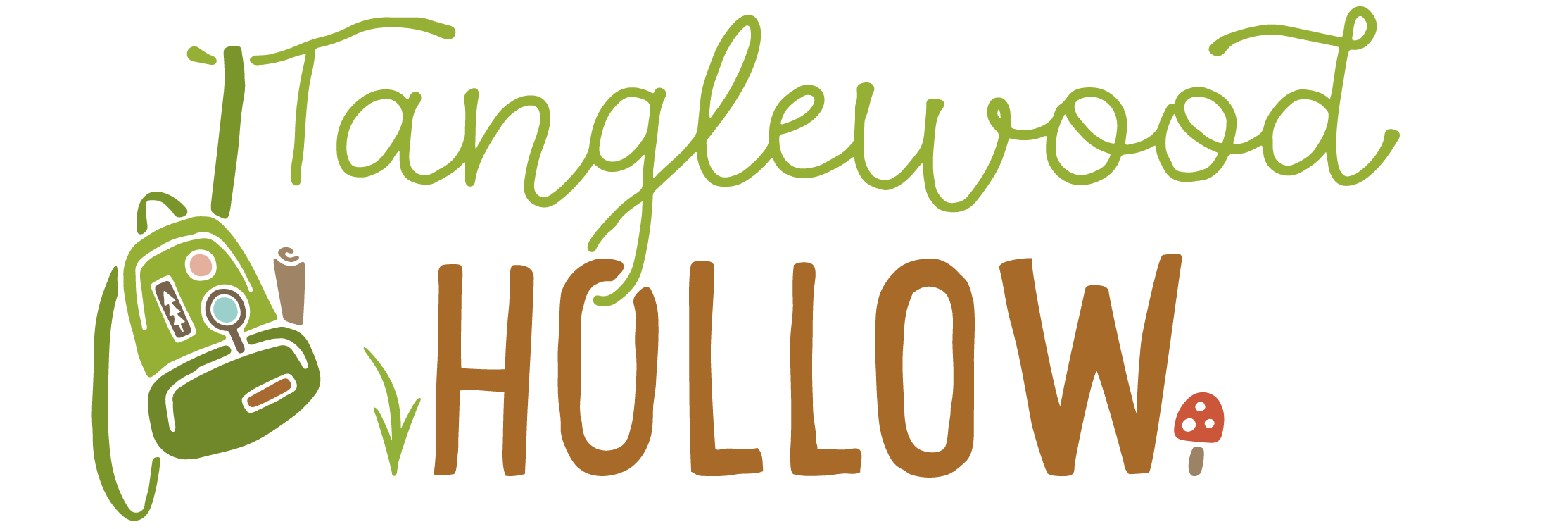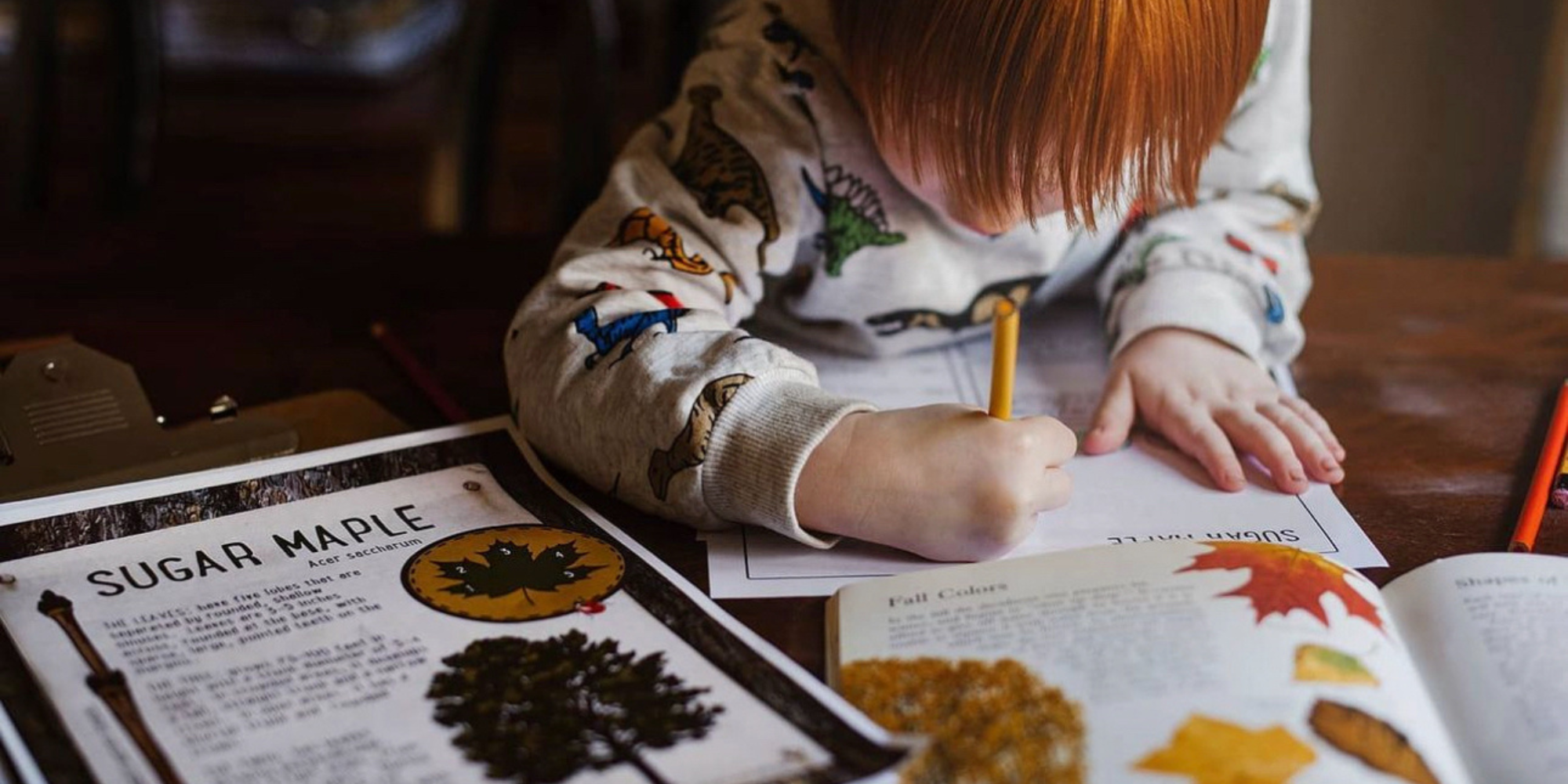In a world of fast facts and quick clicks, the simple act of putting pencil to paper and drawing what you see can feel almost revolutionary. At Tanglewood Hollow, we’ve found that some of the most meaningful scientific discoveries begin not with data- but with quiet observation. And one of the best tools for sharpening those observation skills? Science sketching.
Whether you're watching a bird hop along a trail, examining a mushroom under a microscope, or holding a leaf up to the sun, drawing helps young naturalists notice more- not less.
In this entry, we’ll explore how sketching supports science learning, builds curiosity, and strengthens connections to the natural world.
In this Entry:
- What Is Science Sketching?
- Why Drawing Deepens Observation
- Tips for Helping Kids Sketch Without Pressure
- What to Include in a Science Sketch
- Simple Prompts to Spark Curiosity
- Tools We Love for Science Sketching
WHAT IS SCIENCE SKETCHING?
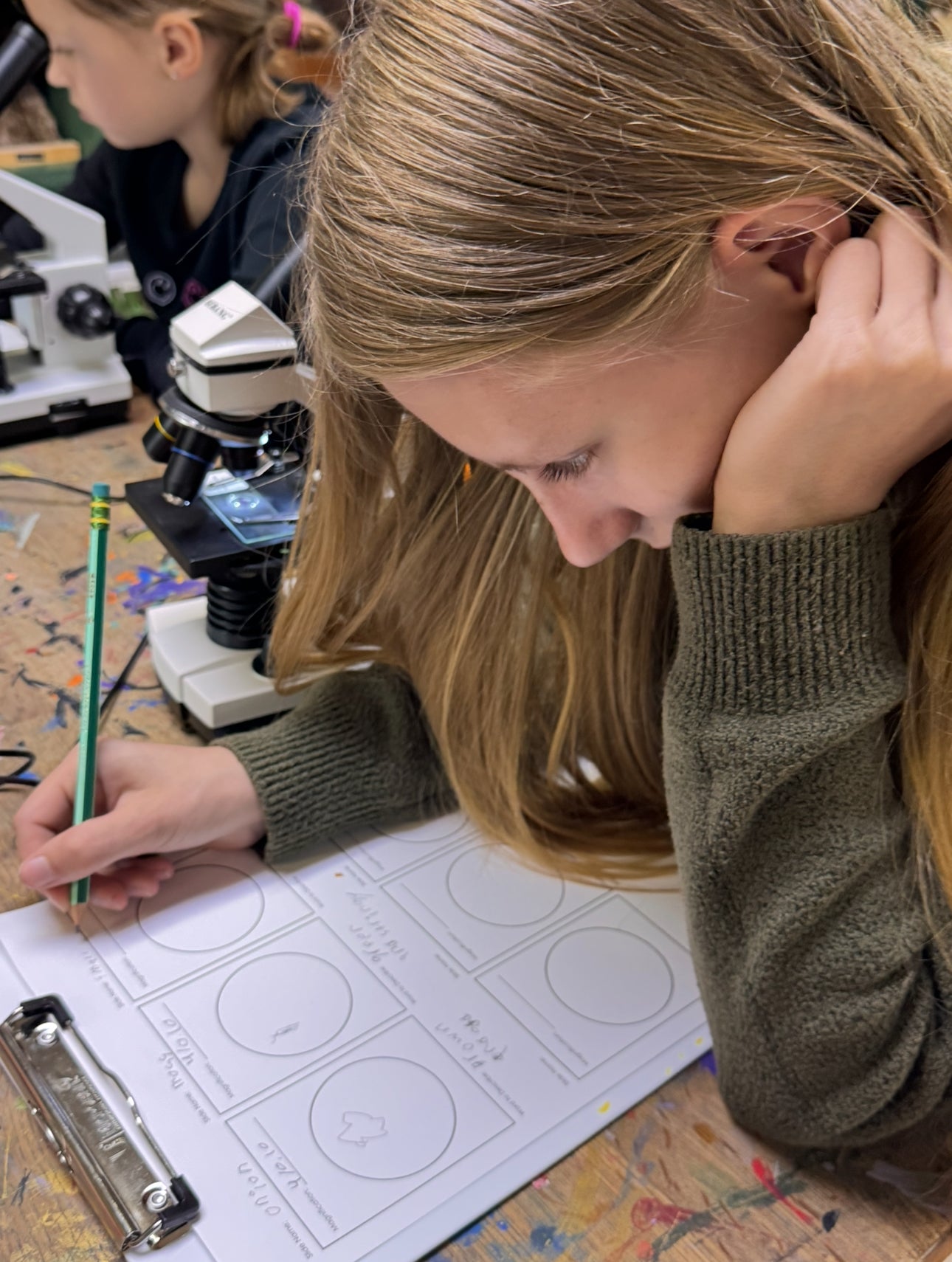
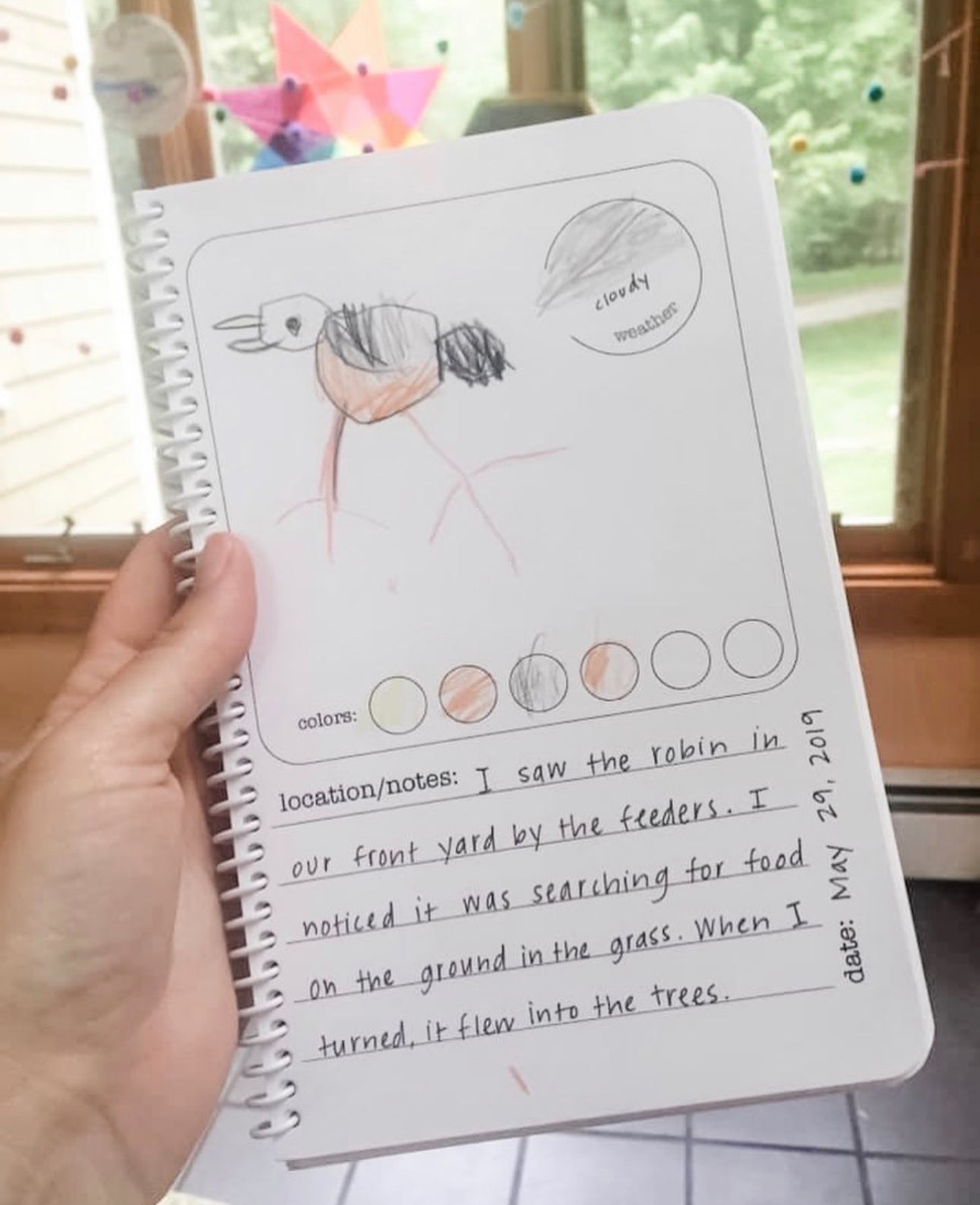
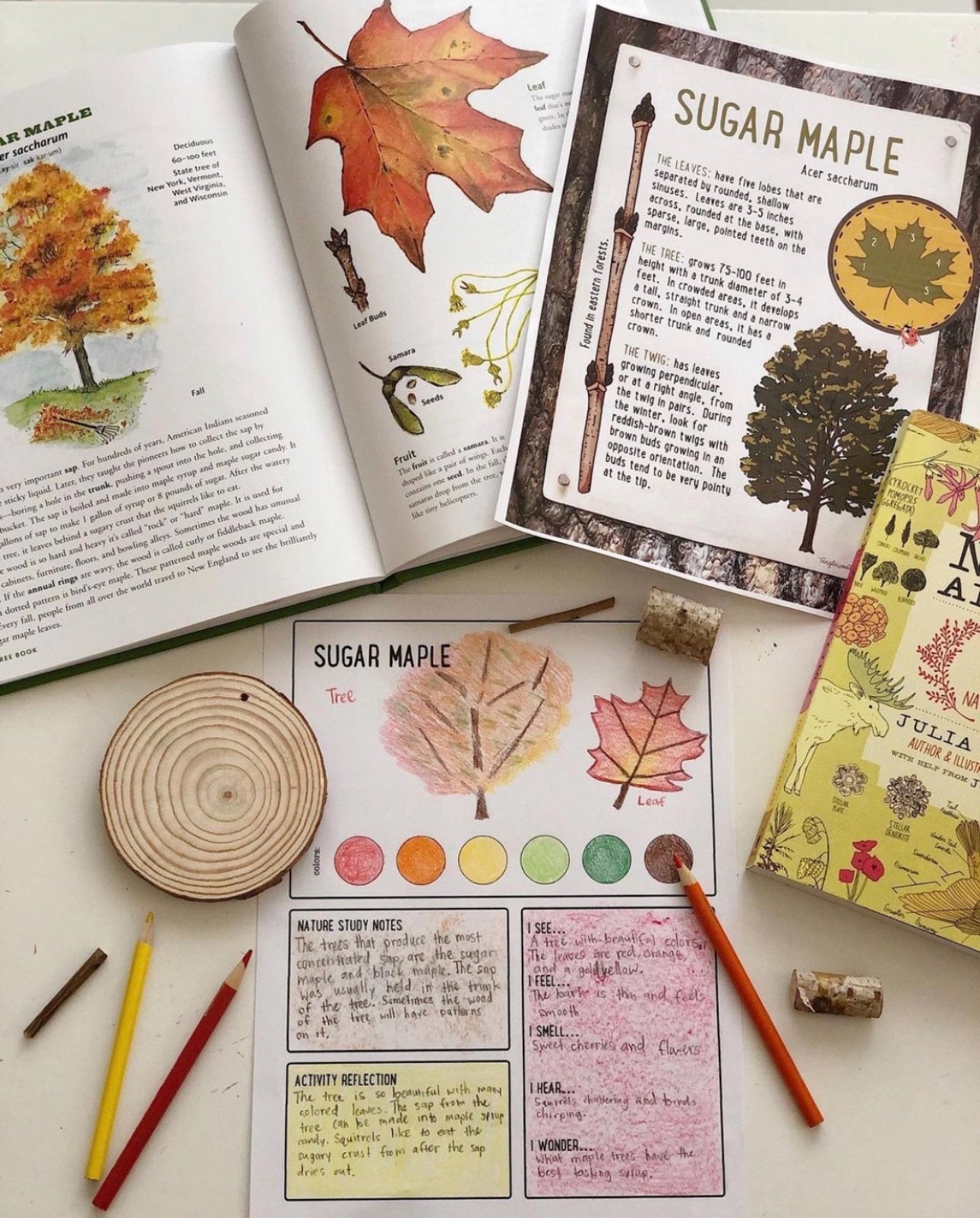
Science sketching is the practice of observing something in the natural world and drawing it to better understand it. It’s not about being a “good” artist- it’s about being a careful observer.
It’s what Charles Darwin did on the Beagle, what Maria Sibylla Merian did with caterpillars in Suriname, and what we encourage kids to do every day at Tanglewood Hollow. Whether you’re sketching the delicate veins of a leaf or the spotted pattern of a salamander’s skin, drawing helps you see more.
WHY DRAWING DEEPENS OBSERVATION
When children draw, they automatically slow down. They notice textures, colors, patterns, and shapes that they might otherwise miss. Instead of simply labeling something (“That’s a flower”), they begin to ask questions like:
- Why are the petals shaped that way?
- What’s hiding beneath the leaves?
- Is that bump a gall or a part of the stem?
Science sketching strengthens:
- Focus and attention to detail
- Memory retention
- Curiosity and question-asking
- Understanding of form and function
Plus, drawing creates a lasting visual record of what they’ve seen- a kind of illustrated field guide made by their own hands.
TIPS FOR HELPING KIDS SKETCH WITHOUT PRESSURE
Not every child thinks of themselves as an artist, and that’s okay. The goal of science sketching isn’t to make a perfect picture- it’s to observe deeply and learn something new.
Here are a few gentle tips:
- Use phrases like “Let’s notice together,” rather than “Let’s draw this perfectly.”
- Encourage labeling parts rather than focusing only on outlines.
- Let them use pencil first, then trace or add color later if they’d like.
- Celebrate the observations, not the artistic skill.
Most importantly- sketch alongside them! You don’t need to be a professional artist to model curiosity.
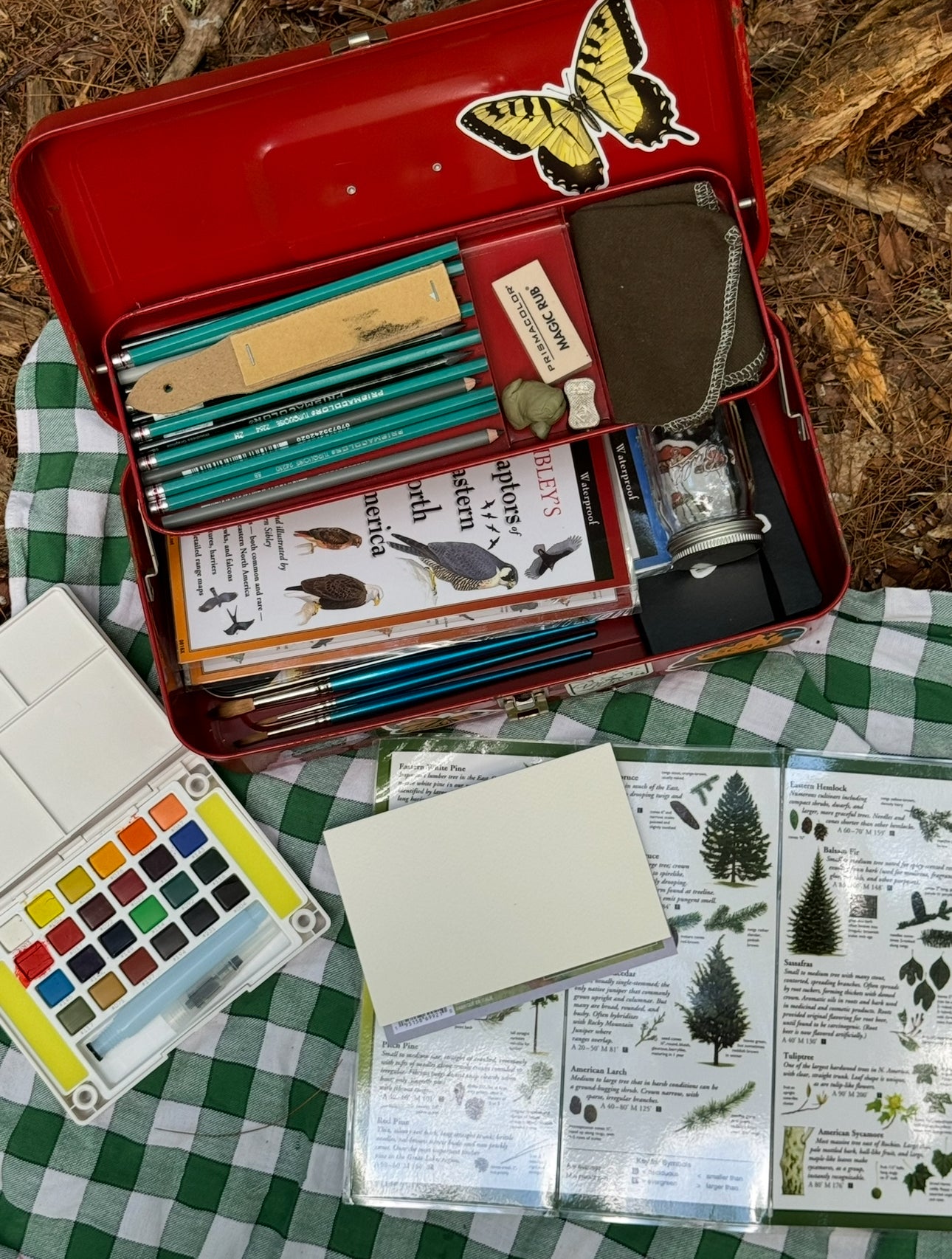
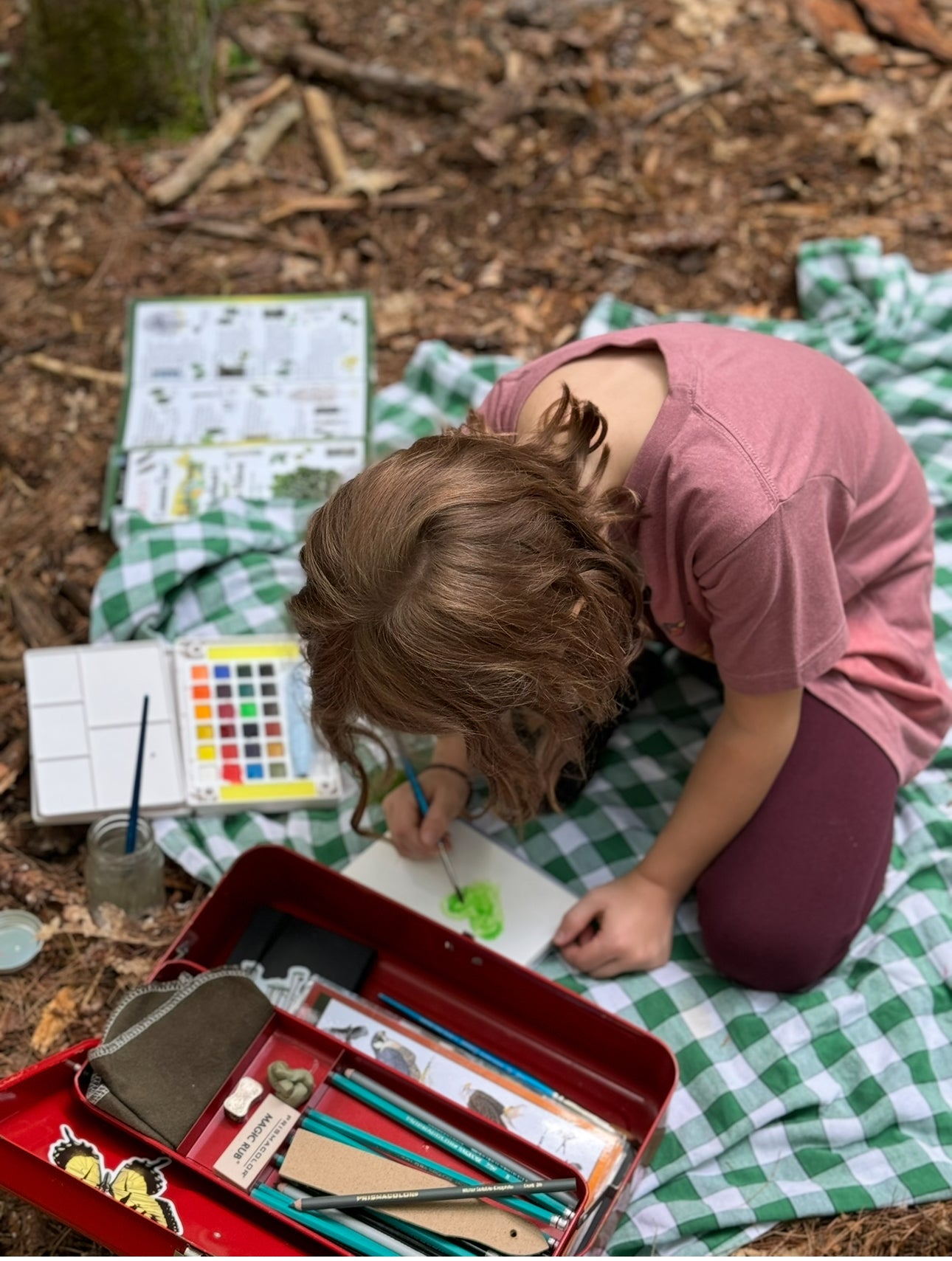
WHAT TO INCLUDE IN A SCIENCE SKETCH
A good science sketch captures both visual detail and context. Here’s what to guide your child to include:
- A careful drawing (from life if possible)
- Labels for key parts (stem, veins, antennae, etc.)
- The date and location
- Notes or questions (e.g. “Found near the stream,” “Why is the underside fuzzy?”)
- Optional: a scale or ruler to show size
This format helps kids build scientific thinking skills, record observations, and track change over time.
SIMPLE PROMPTS TO SPARK CURIOSITY
If your child is stuck or unsure what to sketch, try one of these prompts:
1. “Find something with more than five legs.”
2. “Draw something changing (like a sprouting seed or tadpole).”
3. “Sketch something you can only see through a magnifying glass.”
4. “Choose one thing you usually walk past without noticing- and draw it.”
Sometimes the least flashy objects make the most fascinating sketches.
TOOLS WE LOVE FOR SCIENCE SKETCHING
You don’t need a fancy kit to get started- just a few basics:
- A sturdy sketchbook or nature journal
- Pencils with erasers
- Colored pencils or watercolor set (optional)
- Clipboard for outdoor sketching
- Magnifying glass or loupe
- Small ruler or tape measure
You can even create a “Nature Sketch Kit” to bring on walks, hikes, or field trips!
Science sketching is more than a drawing activity- it’s a mindset. It teaches children to slow down, look closer, ask better questions, and form a deeper relationship with the natural world.
So the next time you head outside, don’t just bring a field guide- bring a sketchbook. You might be surprised by what your child sees when they stop to draw it.
